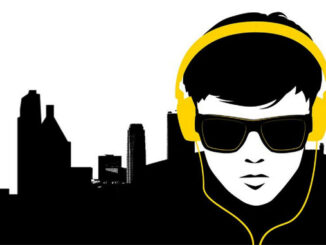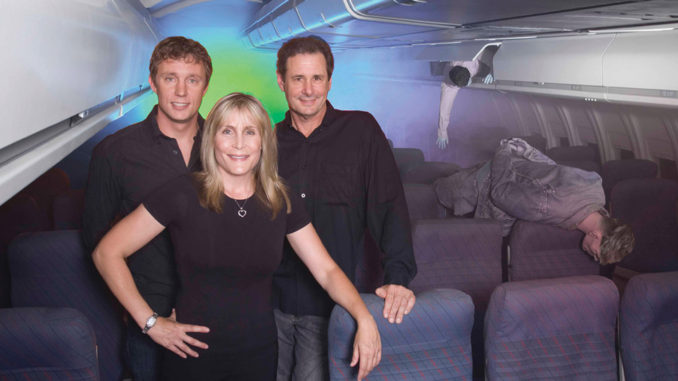
by Laura Almo
Apparently, the truth is still out there. And Fringe, the new one-hour drama from Bad Robot Productions’ J.J. Abrams, Roberto Orci and Alex Kurtzman (Alias, Mission Impossible III, Star Trek) that premieres in September, is determined to find it. Or at least to garner good ratings trying.
Described as a cross between The X-Files, Altered States and The Twilight Zone that blurs the line between science fiction and reality, Fringe (as in fringe science) explores scientific theories beyond the realm of the everyday in a compelling, character-driven series with an ensemble cast. Bryan Burk and Jeff Pinkner, along with Abrams, Orci and Kurtzman, serve as executive producers.
Launching with a special two-hour premiere on the Fox network Tuesday, September 9, Fringe will subsequently see its timeslot dedicate a full 50 minutes to the drama––some six to eight minutes longer than the standard length of a one-hour show. Fox has agreed to the experiment of scaling back on the commercials, which will allow the series’ editors more time for storytelling.
CineMontage recently sat down with the trio of Fringe editors––Jon Dudkowski, Tanya Swerling and Scott Vickrey, A.C.E.––to discuss their work on the upcoming series.
CineMontage: How did you get the job on Fringe?
Scott Vickrey: My friends and longtime editors for J.J. Abrams, Maryann Brandon and Mary Jo Markey, knew they were looking for editors for Fringe and asked if I’d be interested, and so I said, “Yes.” This is my first time working with J.J. and Bad Robot.
Jon Dudkowski: I started working with Bad Robot as an assistant editor for Maryann Brandon on the pilot of What About Brian. By going through the pilot season with the Bad Robot guys, I earned some trust. I heard they were looking for a visual effects editor for the Fringe pilot. I have a visual effects background so I came on board and was immediately told that in the world of TV there is no visual effects editor––so I began working as an assistant editor with the responsibility for the visual effects. When the pilot got picked up for series I guess they decided that I was worth keeping on as an editor.
Tanya Swerling: I had edited three episodes of What About Brian and, as I was finishing, I learned of the Six Degrees pilot. My friend Rodrigo Garcia was directing, and he put me up for editor. Since I had worked well with Bryan Burk and Thom Sherman on WAB [also producers on Six Degrees] they confirmed my position. When that pilot went to series, I stayed on as one of the three editors. That is when I had the opportunity to work with J.J. Abrams. When Fringe began staffing, Bryan contacted me regarding my interest and availability. Of course I was interested, but the timing was a little iffy. Luckily it worked out, and here I am!
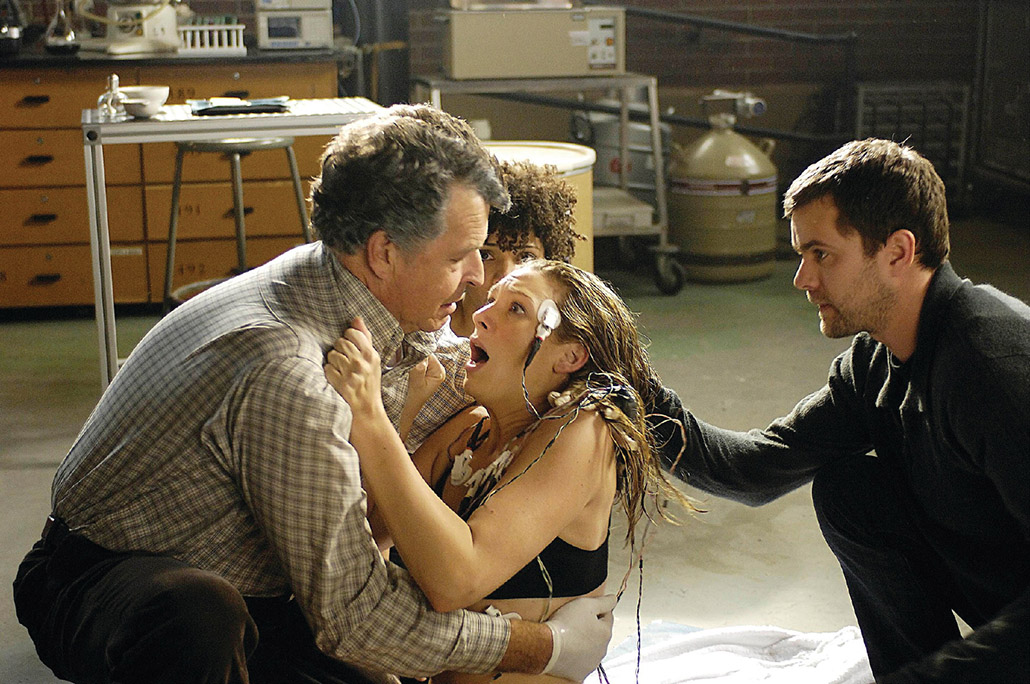
CM: What’s the premise of the show?
TS: I always say that it’s about fringe science––scientific theories and the possibilities that these theories have actually been taken further and are in use––and it involves the stretch of your imagination as far as science goes.
JD: There’s a lot of mystery. I don’t want to use the word magic, but there’s a lot that these characters confront that is so outside the normal realm of perception. They’re so out of the world they’d normally expect that they’re almost in a state of shock, constantly struggling to wrap their heads around crazy ideas. Each episode sort of unveils a new shade of reality.
CM: What is unique about the story, the structure and the editing of Fringe?
SV: I read that J.J. wanted each episode to stand alone. That being said, even if the shows are stand-alone, there are certain things that carry over to another show.
JD: The show walks a very fine line between a real serial drama and an episodic procedural. You could sit down and see an episode and be very entertained and satisfied, but at the same time be compelled to say, “Well, what about that one guy in that scene? There was something going on there and if I tune in next week I’ll find out what’s happening.” If the writers are sweating away, that’s what they’re sweating away on.
CM: How hands-on is producer J.J. Abrams, being that he is currently working on the Star Trek feature?
SV: He’s pretty involved, especially with what’s working on the show and what’s not. He’s doing a lot of writing on the scripts as well.
CM: How does he have time for all of this?
JD: There’s a lot of teleconferencing and iChat-ting. He’s a technology junkie as far as I can tell, and I think he uses all of the tools that are at his disposal to run all of his different projects. He uses technology more than anyone I’ve ever seen in terms of finding a way to be here even when he’s not really here.
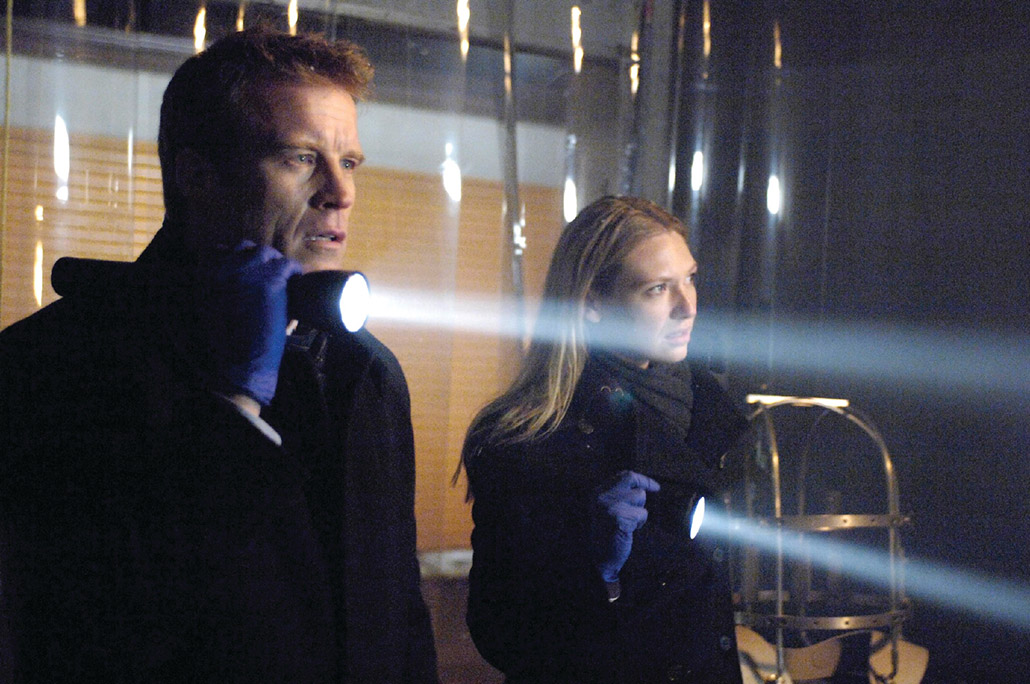
CM: Jon, you worked on the pilot; what was that like?
JD: As an assistant editor, I got to work with Russ Denove, who edited the pilot. I learned a lot from Russ, especially how to literally put the show together: to assemble it, to put the director’s cut together and then––when the producers come in and say they want to do it differently––not to be overly attached to it. I learned to let go and say that yesterday’s job was to build it into the best thing it could be, and today’s job is to disassemble it…
TS: I think the term is to “blow it up.”
JD: …Yeah, to blow it up and take a new swing at it. We were working until 3:00, 4:00, 5:00 a.m. We had a few 100-hour weeks, but Russ was unflappable. When I see that, it makes me want to say if or when I’m in that position, I want to aim to be that good.
After the pilot, we took a hiatus and Russ went to do something else. The pilot had been picked up and they needed someone to make a few adjustments, so Robert Florio, who was an editor on Lost, came in to get the pilot to time and to make a few tweaks.
CM: You’ve seen the transition to the new editors. Does it make a difference that after the pilot different editors came on to the series?
JD: I feel like the producers, Bryan Burk and Jeff Pinkner, are the one constant. Everyone has his or her own aesthetic, and the editors might change, but the rudder is the producing team.
CM: Scott, how do you find it coming on after the pilot?
SV: We’re all going to find that out because I’m sure we all have slightly different ways of working. But someone like Bryan is the one who makes it all cohesive. He comes in and says, “I like this scene; I like the way you’ve cut it, but you’ve got to pick up the pace a little bit,” because he knows what he’s looking for.
CM: Tanya, you’ve edited pilots in the past, but you’ve come on board Fringe to edit the series. Are there any concerns about using different editors for the pilot and the series?
TS: The pilot is the template. When I go on to a project, I don’t just bring my flare.
On a pilot, you’re a big part of how the show comes together, and of the style of the show. My goal is to come in and use the pilot as a guide and to follow that as far as pacing goes, as far as look goes. It’s not my goal to change what they’ve already conceived.
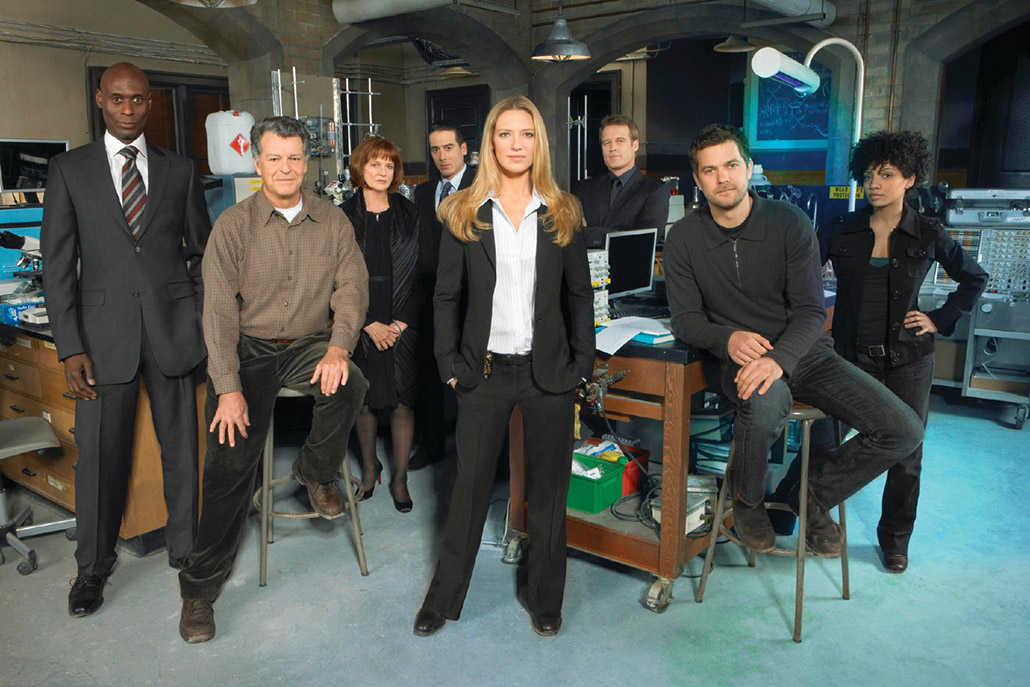
CM: Jon, you say you have a visual effects background, do you do a lot of the visual effects on the show?
JD: We each take responsibility for our own episode. When there are visual effects, we’ll do a rough comp to rough out the timing and send the elements out through the visual effects supervisor. What’s interesting about Bad Robot is that they’ll use a couple of big post houses, but after working on Alias for so many years [which was such an effects-heavy show], Bad Robot has this improvised network of artists around the country to whom they’ll farm out the special effects. For example, if this screen needs to be a DNA sequence as it’s being mutated, they’ll send it to a particular artist who is especially good at compositing work. He’ll send it back to us and we’ll work with it. Bad Robot has a whole workflow for visual effects.
SV: Another interesting thing about this show is that they are all going to be 50 minutes long instead of the usual 42-44 minutes–– so there are six more minutes of storytelling, which is kind of nice.
CM: That frees you up a bit so you don’t have to cut it down as much?
SV: Yes, but the episode I’m working on now is going to end up being 15 minutes long, which is a lot.
CM: How will you cut it down?
SV: When something is that long, you definitely have to lose four or five entire scenes; it’s not just tightening things up. Bryan is very good at coming in and saying, “Let’s do this…tighten this up…” I was amazed working with him; how he could just make a beeline for problem areas and cut stuff.
CM: What is the production/post-production schedule like?
SV: They shoot nine days and have two pick-up days, so they may not complete a whole show in nine days. It’s a two-camera shoot and there’s a lot of A/B camera footage. Some days, we’ll get three-to-four hours and other days, two-to-three hours.
TS: As big a show as this is, we get two days to turn a cut around after the last day of dailies––which is really tight. So, for example, if Jon gets his last day of dailies on Thursday, then his cut would be due on Monday.
“The show walks a very fine line between a real serial drama and an episodic procedural.” – Jon Dudkowski
CM: Tanya, since you’ve worked with Bad Robot before, do you think that’s going to help you coming to this show now?
TS: It’s great just knowing how they work and their expectations. These people all have a high level of energy and they all want to make something really good and fun. When they’re sitting there working hard with you through the night, it only inspires you to do the same.
CM: It sounds like you’re looking forward to working together…
SV: I would just like to say that I don’t often get to work with other editors because I’ve been doing movies of the week. One of the things I’m looking forward to doing on this show is working with other editors in a much closer way––working on the same kind of things and being able to talk about problems we may have with producers or directors, or how we solve editorial problems.




